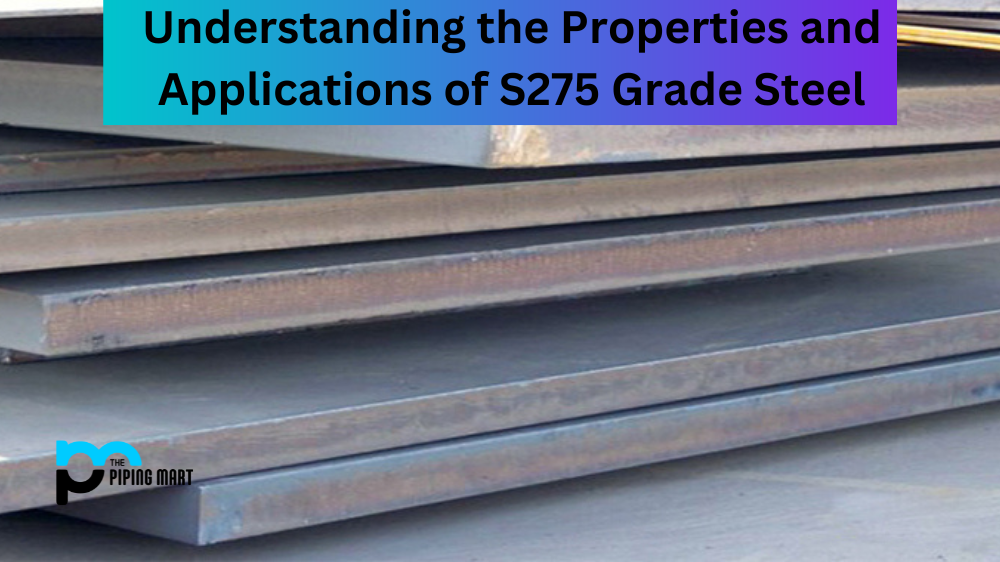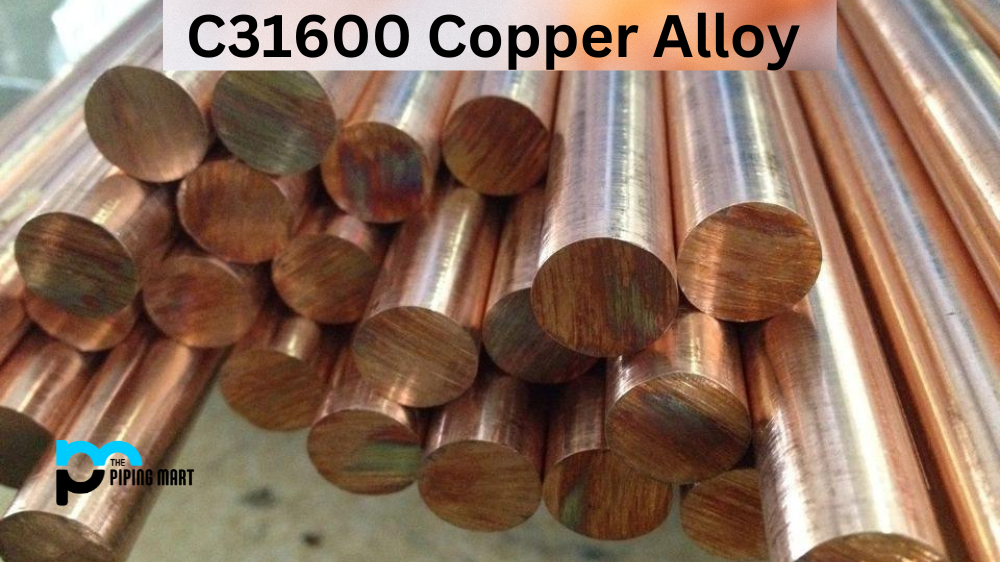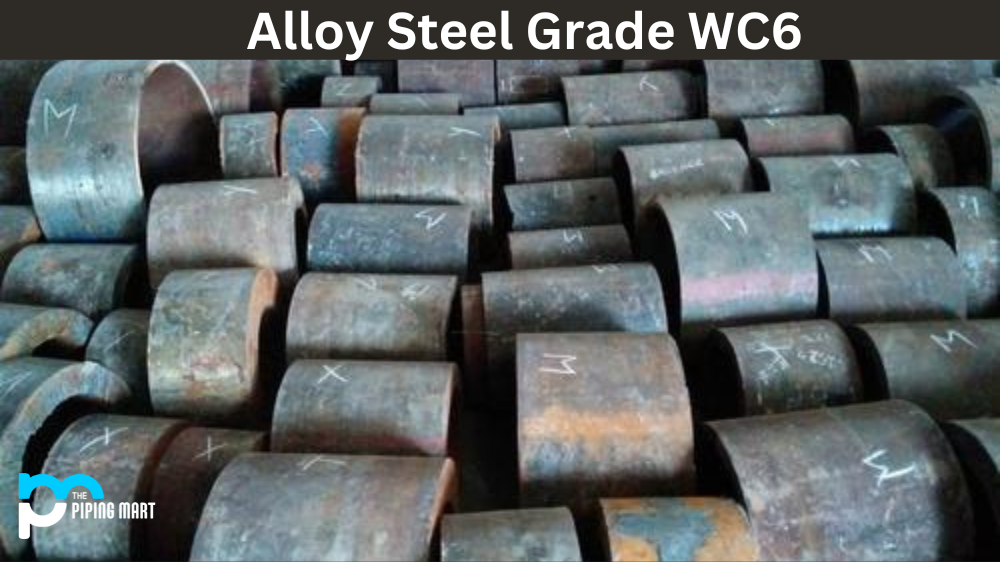Steel is one of the most widely used materials in various industries, from construction to manufacturing. One of the most common grades of steel is S275, which is known for its strength, durability, and versatility. This blog post will explore the composition, physical and mechanical properties, uses, hardness, and heat treatment of S275 grade steel.
S275 Grade Steel Composition
S275 grade steel is a low-carbon steel that contains multiple elements such as sulfur, phosphorus, manganese, and silicon. The composition of S275 steel makes it a versatile material that can be used in various applications. The presence of sulfur and phosphorus in S275 steel makes it more machinable, while the presence of manganese and silicon improves its strength and resistance to wear and tear.
S275 Grade Steel Physical Properties
S275 steel has a density of 7.85 g/cm3, making it a relatively lightweight material that is easy to handle. It has a melting point of 1420-1460°C and a boiling point of 2750°C. S275 steel is also known for its high tensile strength, with a minimum yield strength of 275 N/mm2 and a minimum tensile strength of 410 N/mm2.
S275 Grade Steel Mechanical Properties
Besides its high tensile strength, S275 steel exhibits excellent ductility and toughness, making it an ideal material for structural engineering applications. It has a modulus of elasticity of 210 GPa and a shear modulus of 80 GPa. Additionally, S275 steel has a Poisson ratio of 0.3, which means it can undergo considerable deformation without breaking.
S275 Grade Steel Uses
Due to its versatile properties, S275 grade steel is used in various applications. It is commonly used in structural engineering, including the construction of buildings, bridges, and railway tracks. It is also used in manufacturing and fabrication, producing metal structures, components, pipes, and tubes. Steel plates from S275 steel are also widely used to construct ships, boilers, and pressure vessels.
S275 Grade Steel Hardness
S275 steel’s hardness depends on the heat treatment process used. In its normal state, S275 steel has a Brinell hardness value of around 140 HB. However, heat treatment can increase this value, which involves heating the steel to a specific temperature and cooling it down rapidly. The resulting microstructure improves the strength and hardness of the steel, making it suitable for more demanding applications.
S275 Grade Steel Heat Treatment
Heat treatment is one of the most effective ways to improve the properties of S275 steel. The process involves heating the steel to a specific temperature, typically between 800 and 900°C, and then rapidly cooling it down by quenching it in water or oil. This results in a new microstructure that is harder and more resistant to wear and tear. Other heat treatment processes include annealing, tempering, and normalizing.
Conclusion
In conclusion, S275 grade steel is a popular material widely used in various industries due to its strength, durability, versatility, and cost-effectiveness. Its properties, including its composition, physical and mechanical properties, hardness, and heat treatment capabilities, make it an ideal choice for diverse applications ranging from structural engineering to manufacturing. Understanding the properties and uses of S275 steel can help you select the right material for your project and ensure its success.

Abhishek is a seasoned blogger and industry expert, sharing his insights and knowledge on various topics. With his research, Abhishek offers valuable insights and tips for professionals and enthusiasts. Follow him for expert advice on the latest trends and developments in the metal industry.




